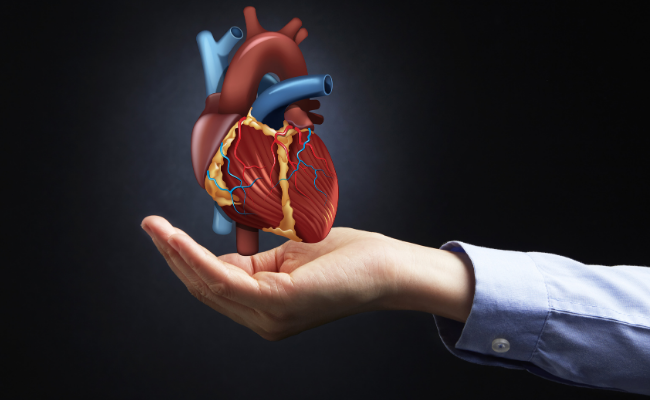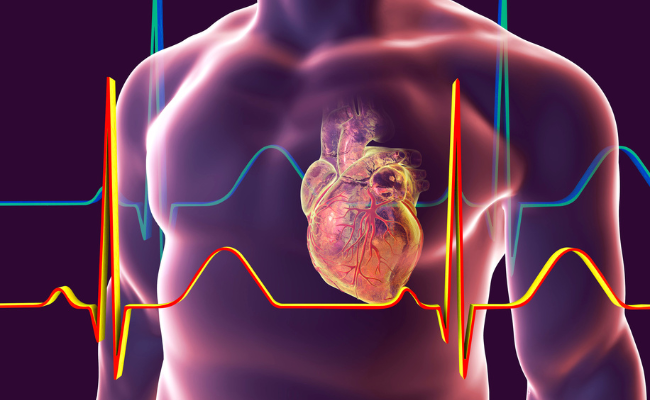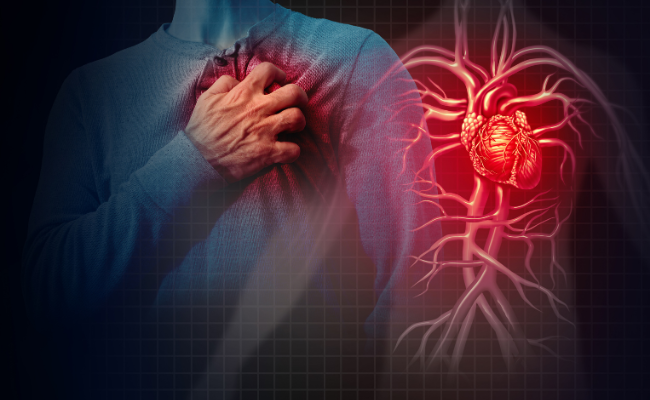How to Treat Narrow Qrs Complex Tachydysrhythmias?
- September 27, 2023
- No Comments
What are Narrow QRS Complex Tachydysrhythmias?
Narrow QRS complex tachydysrhythmias, often referred to simply as narrow complex tachycardias, are a group of cardiac arrhythmias characterized by rapid heart rhythms with a relatively narrow QRS complex on an electrocardiogram (ECG). These arrhythmias originate in the atria (upper chambers of the heart) or the atrioventricular (AV) node and may include conditions such as atrial fibrillation, atrial flutter, and supraventricular tachycardia (SVT). Understanding how to treat narrow QRS complex tachydysrhythmias is essential for managing these conditions effectively.
Why are Narrow QRS Complex Tachydysrhythmias a Concern?
Narrow complex tachycardias can lead to a range of symptoms, including palpitations, dizziness, chest discomfort, and in severe cases, loss of consciousness. These arrhythmias, if left untreated or not well-managed, may increase the risk of stroke, heart failure, and other cardiovascular complications. Prompt and appropriate treatment is crucial to alleviate symptoms and reduce the risk of complications.
How to Treat Narrow QRS Complex Tachydysrhythmias?
The treatment of narrow QRS complex tachydysrhythmias involves several approaches to restore normal heart rhythm, manage symptoms, and prevent future episodes. Here's how they are typically managed:
Vagal Maneuvers:
- Carotid Sinus Massage: In some cases of supraventricular tachycardia (SVT), gently massaging the carotid sinus in the neck may help stimulate the vagus nerve and slow down the heart rate.
Medications:
- Antiarrhythmic Drugs: Medications like adenosine, beta-blockers, calcium channel blockers, or antiarrhythmic drugs are used to control and terminate tachydysrhythmias.
Electrical Cardioversion:
- Synchronized Cardioversion: In certain situations, electrical cardioversion may be performed to restore normal heart rhythm. It involves delivering an electric shock to the heart at a specific time during the cardiac cycle to reset the rhythm.
Catheter Ablation:
- Radiofrequency Ablation: A catheter-based procedure that uses radiofrequency energy to target and eliminate the abnormal electrical pathways in the heart responsible for tachydysrhythmias.
Lifestyle Modifications:
- Stress Reduction: Managing stress through relaxation techniques, meditation, or yoga can help reduce the frequency of tachydysrhythmia episodes.
- Avoiding Triggers: Identifying and avoiding triggers such as caffeine, alcohol, or certain medications that can provoke tachydysrhythmias.Lifestyle Modifications: Adopt a heart-healthy lifestyle, including stress reduction and avoidance of triggers, to reduce the risk of tachydysrhythmias.
Implantable Devices:
- Implantable Cardioverter-Defibrillator (ICD): In some cases, an ICD may be recommended to monitor heart rhythm and deliver shocks if life-threatening arrhythmias occur.
Treatment Solutions:
- Early Intervention: Seek medical attention promptly when experiencing symptoms of narrow QRS complex tachydysrhythmias to receive timely treatment.
- Medication Adherence: Take prescribed medications as directed by your healthcare provider to manage and prevent episodes.
- Lifestyle Modifications: Adopt a heart-healthy lifestyle, including stress reduction and avoidance of triggers, to reduce the risk of tachydysrhythmias.
Benefits of Treating Narrow QRS Complex Tachydysrhythmias:
- Symptom Relief: Effective treatment can alleviate palpitations, dizziness, and other uncomfortable symptoms associated with these arrhythmias.
- Reduced Risk of Complications: Managing tachydysrhythmias helps prevent potential complications such as stroke and heart failure.
- Improved Quality of Life: Proper treatment enhances overall well-being and daily functioning.
- Long-Term Heart Health: Adhering to prescribed treatments and lifestyle modifications contributes to better heart health and reduces the risk of future arrhythmia episodes.










.jpg)
Comments (0)
No comments yet